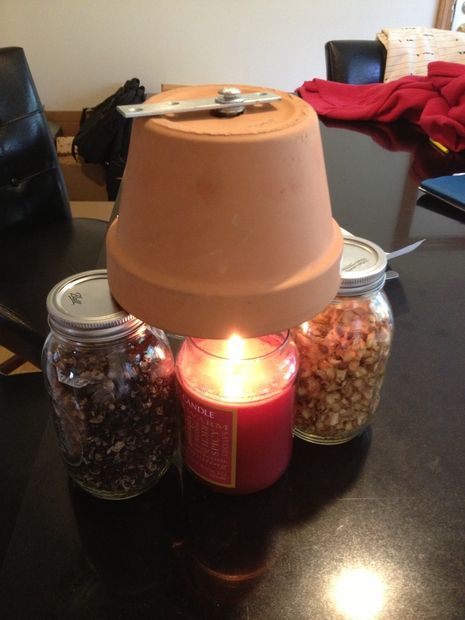-
- October 02, 2017Scent has played a key part in human history, going as far back as Ancient Egypt, through the Renaissance, and still playing a significant part in modern life. Scent works its way into our brain and affect our memories, our emotions, and even our behaviour. Scent is the way in which we understand what food we are eating, what substances might be dangerous to us, and even the way we are attracted to other people. How Does It Work? Smell is an amazing thing. It can take you back through time – to your childhood, to a relationship with an old flame, or to that holiday you’ll never forget. For many people, the smell of chlorine wafting through the air brings back memories of summers spent in the pool. In the same way, the smell of fresh baking might harken back to afternoons spent with grandma, or a certain scent might remind you of the one your mother used to put on when she was getting ready to go out. Our noses have an amazing way of sniffing out nostalgia, and connecting scents we encounter
-
- July 22, 2017Candle Origins Before candles were a popular way to relax in the bath, to add fragrance to your home or create a romantic atmosphere, they were actually used primarily for their function – to give light, and heat. Candles have been used to illuminate for thousands of years, but very little is known about their origin. What we do know, is that the first candles were not wicked, as modern candles are. It is thought that the first candles were developed by the ancient Egyptians in 3,000 B.C.E, who created torches by soaking reeds in animal fats which acted as a kind of wick. Other evidence suggests that the earliest candles were made in China during the Qin Dynasty, using whale fat, and it has also been suggested that India may have begun using candles around the same time, using the waxy residue that is left when cinnamon is boiled. Regardless of which culture should be credited with creating this first candle prototype, it is generally agreed among historians that it was ancient Romans who
-
- June 12, 2014Spring is here. The warm weather is addictive, while the scent of the fresh flowers and air is simply fabulous. Spring is a time to get your home styled for the new season, as well as clean out the old and unusable things you have collected. It is also about making your home smell just as nice and clean as it looks. Candles are a big help, with decor, as well as making your home smell fresh. These are the top five candles everyone is raving about this year, and the candles that should be bought and placed in their home!
White Sage.
This candle is the fresh and clean scent that many people are looking for their home. The smell is clean, fresh, and gives off great vibes. Sage is also known for blessing your home and making it feel as if your home is happy, healthy, and free of anything negative. This candle will make your home feel and smell fantastic. It is a simply irresistible candle to have for spring cleaning.Violet Lime.
This candle brings together the beautiful floral aspect -
- January 22, 2014
Soy wax has remained a popular choice for making scented candles for many years, but consumers are now discovering an alternative that often performs better in both fragrance and burn quality. This increasingly popular material is called palm wax. Many candle buyers still know very little about palm wax, yet those who do often prefer it for its clean burn, long lasting scent, and naturally textured finish. This article compares palm wax and soy wax so you can decide which one works best for your home and your candle collection. Once you understand their differences, you may find that palm wax is the better choice for long lasting home fragrance and seasonal scented candles.
Palm wax is naturally biodegradable and water soluble in all forms. Soy wax can also be biodegradable and water soluble, but only when it is used in a pure, unaltered state. Many commercial soy wax blends include additives or synthetic ingredients that reduce biodegradability and can prevent the wax from dissolving in





